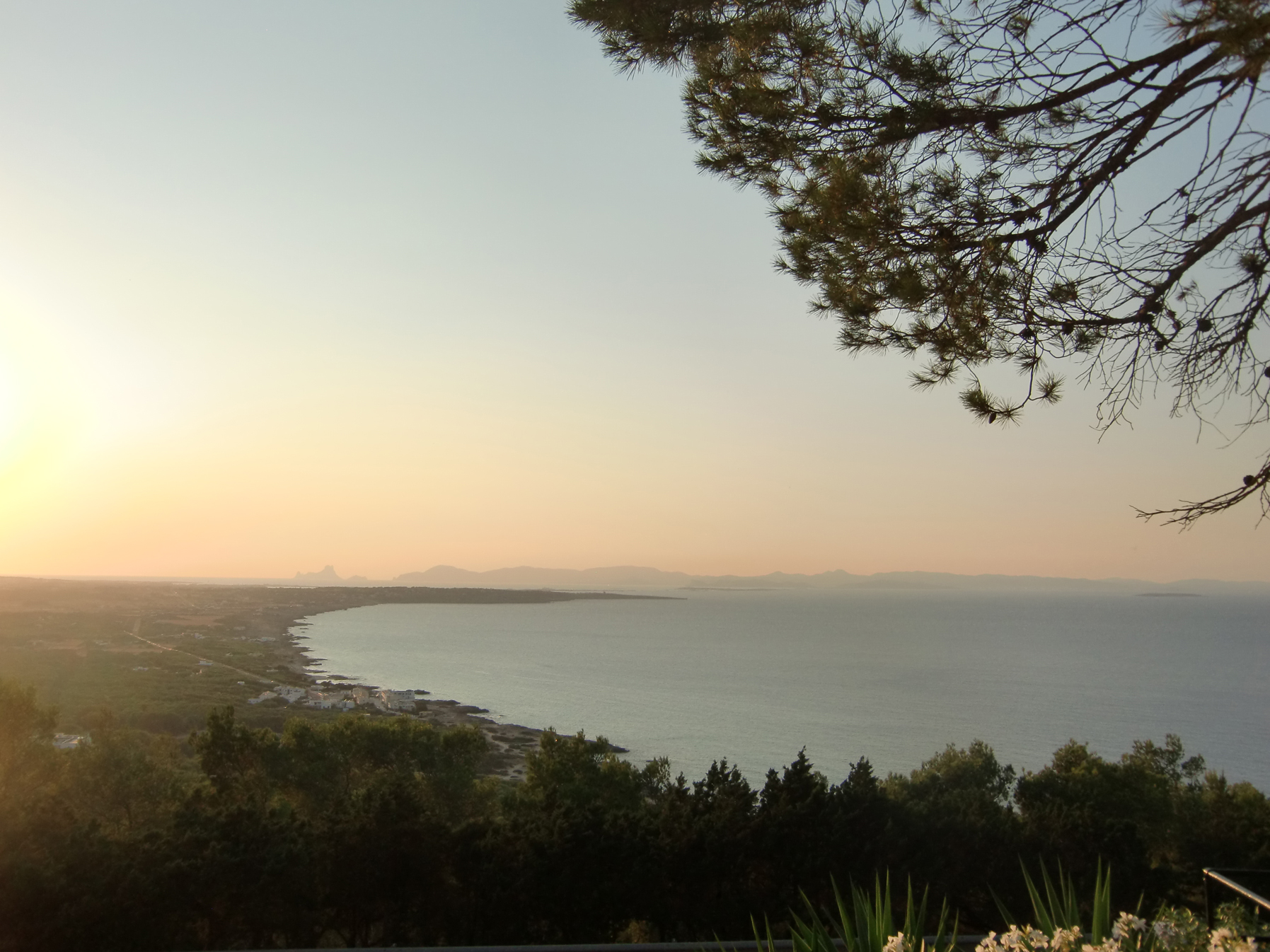

- es
- en
Formentera
The island condition in itself provides an isolated state, less contaminated. The geographical barriers limit the population growth, and the concept of limited resources is deeply present in the inhabitants mind. That is what many islands show a sublime landscape, not too much transformed by humans, an idyllic shelter.
The Balearic islands, are in reality the end of the Sistema Bético mountain chain. The Montgó in Javea is probably the last element before this chain sinks under the Mediterranean and reappears to form the islands, Mallorca, Menorca, Ibiza, Formentera and the smaller islands. They have a very similar climate as the eastern coast of Valencia and Alicante region. And the islands have an additional feature, as they have coasts and beaches facing all the cardinal points.
Javea is indeed the closest part from the Península Ibérica to the Baleares. It is not strange to see the western edge from Ibiza from the Cabo de San Antonio or from the Portichol or the Cabo la Nao. As we said, this closeness is not only physical, but also regarding the landscape, the weather, the agricultural culture and the social habits, all of them related concepts and if not similar in both places maybe identical.
In Javea and Denia there is the Tosca stone, and then in Mallorca and Menorca there is the Marés stone. Both have the same geological origin and the chemical composition is very similar.
In the Cabo de San Antonio from Javea there are the same plants that are also found in the Baleares, the same species. This is a strong signal of the similarities of the weather.
That is why the we find today the same plants in both places, the vineyards, the fig tree, the almond tree, the olive tree or the carob tree. Species that found the same environment and where brought by the same settlers.
We recommend a visit, Formentera shows today in some of its places what Javea could have been in the past, and what it can still become, a natural landscape in the Mediterranean.
Sirine Ghadban
--
References:
-X.SOLER, Jaume; SERRA, Lluís; TORRES, Juan; Guía botánica del Parc Natural del Montgó. Ed. Ajuntament de Xàbia. ISBN: 84-87898-24-6
-Consell Insular de Formentera, Govern de les Illes Balears
-Fotografías de Sirine Ghadban, arquitecto. http://www.ghadbandepascual.com
